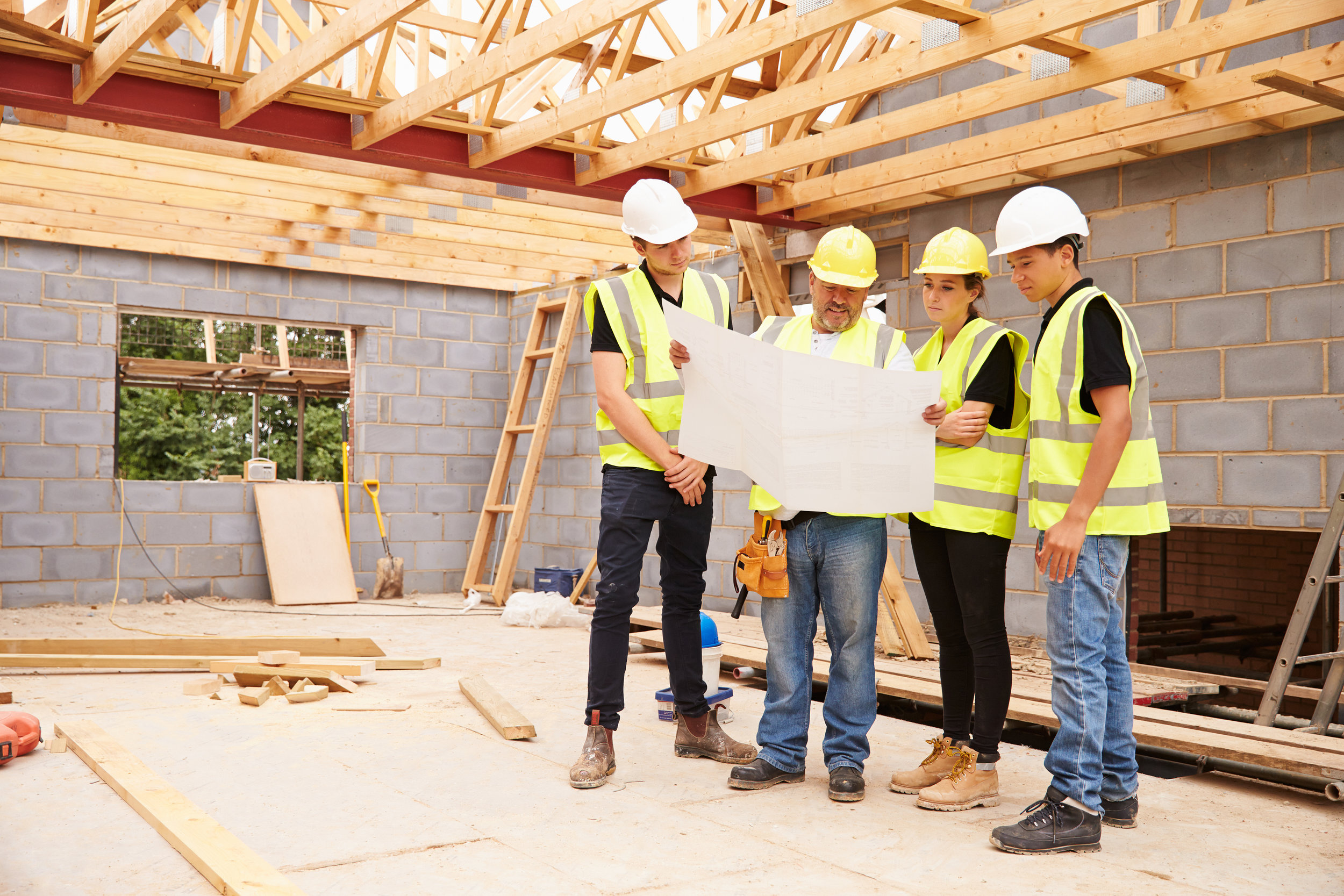How a General Professional Can Transform Your Typical Areas Into Practical Rooms
The transformation of typical areas into practical spaces is a nuanced procedure that requires a general service provider's expertise in examining specific area requirements and making tailored remedies. By considering factors such as design, accessibility, and aesthetic allure, a contractor can develop environments that not only offer practical objectives but likewise foster neighborhood involvement.
Assessing Current Common Area Demands
When assessing typical locations, it is vital to recognize and understand the particular requirements of the area they serve. This procedure starts with a thorough assessment of existing usage patterns, which entails celebration information walking traffic, top usage times, and activities taking location within these spaces. Engaging with neighborhood participants with studies or meetings can supply beneficial insights right into their choices and challenges.
Following, it is crucial to take into consideration the group make-up of the community, including age, lifestyle, and any special needs that may impact exactly how these areas are used. For example, family members with young youngsters might need backyard, while older grownups might focus on accessibility features.
In addition, evaluating the existing infrastructure and services is crucial. Recognizing areas that are underutilized or in demand of fixing can educate prospective improvements. Collaborating with stakeholders, such as home managers and neighborhood organizations, makes sure that the evaluation mirrors a detailed understanding of the neighborhood's needs.
Ultimately, a thorough examination of current typical location needs lays the foundation for effective makeovers, permitting the production of spaces that cultivate interaction and boost the total quality of life within the area.
Designing for Functionality and Appearance
A detailed understanding of community requires establishes the stage for reliable design that balances capability and appearances alike areas. Successful layout requires a thoughtful approach that takes into consideration both the sensible usages of the room and the aesthetic allure that enhances the setting.
Functional layout entails producing rooms that cater to the certain tasks and communications of the community. This may include flexible seating plans for celebrations, accessible paths for individuals with mobility obstacles, or assigned areas for entertainment tasks. Each component should offer a purpose while ensuring simplicity of activity and comfort for individuals.
Aesthetic appeals play a crucial role in fostering a welcoming environment. The option of shades, products, and illumination can dramatically influence the assumption of a room. Integrating all-natural components, such as plant or water attributes, can boost the setting and develop a comforting setting. In addition, aligning the layout with the neighborhood's cultural identification can foster a sense of belonging and pride.
Budgeting and Resource Allowance
Efficient budgeting and resource allocation are essential components in the effective improvement of typical areas. A well-defined budget outlines the economic specifications within which the project should operate, making certain that prices are managed and sources are effectively made use of. This begins with a complete evaluation of project needs, consisting of design components, materials, and labor.

A basic contractor plays an essential duty in this phase, teaming up with stakeholders to establish reasonable budget price quotes that line up with the intended vision. By focusing on crucial attributes and checking out cost-effective alternatives, the specialist can optimize costs without compromising top quality.
Resource allocation requires tactically assigning personnel, tools, and materials to various phases of the task (Carmel In Contractor). This needs careful preparation to avoid delays and make sure that each component is delivered in a timely manner. Furthermore, regular monitoring of expenses against the budget plan aids to identify possible overruns early, enabling timely changes
Managing Construction Refine Efficiently
Handling the building process effectively is necessary for attaining timely task conclusion and keeping spending plan stability. A well-coordinated strategy includes precise preparation, clear communication, and efficient source management. General service providers need to establish a thorough project timeline that lays out each phase of building, allowing for the recognition of essential turning points and possible bottlenecks.
Normal progression conferences are crucial for maintaining all stakeholders notified and straightened. These meetings facilitate the timely resolution of issues, ensuring that the task stays on track. Furthermore, using task monitoring software application can improve communication, track progression, and manage documents, decreasing the possibility of hold-ups and misconceptions.
Effective source allocation is additionally critical. By making sure that materials, labor, and tools are available when required, basic contractors can protect against costly disturbances. Applying an aggressive technique to risk management more enhances performance, as it enables the recognition and mitigation of potential obstacles prior click site to they rise.

Making Sure Conformity and High Quality Standards
Compliance and high quality criteria are fundamental to the success of any type of construction task, making sure that the finished spaces not just fulfill client expectations yet also stick to governing requirements. A basic professional plays a crucial role in imposing these criteria throughout the construction process.
First, it is crucial for the service provider to stay upgraded on neighborhood building ordinance, safety guidelines, and market ideal practices. This knowledge enables them to direct layout choices and material selections that align with compliance requirements. Normal inspections and quality assessments during the building and construction stage aid to identify prospective concerns early, minimizing costly delays and revamp.
Moreover, a trusted basic specialist promotes a society of high quality among subcontractors and workers. This can be achieved by providing training on conformity procedures and carrying out stringent high quality control steps. By establishing clear interaction networks, the specialist can make sure that everybody included comprehends their duties pertaining to compliance and quality.
Conclusion
To conclude, the role of a general professional in changing typical locations right into practical spaces is crucial. With a comprehensive analysis of neighborhood needs, thoughtful layout, careful budgeting, and effective project management, these professionals can create atmospheres that boost functionality and aesthetic charm. Adherence to compliance and quality requirements further makes certain that renewed areas not only fulfill the expectations of stakeholders yet also foster interaction and enrich the total experience for all users within the area.
The transformation of usual areas right into functional i thought about this rooms is a nuanced process that needs a general service provider's proficiency in analyzing specific community demands and designing tailored options. By considering variables such as design, ease of access, and visual appeal, a specialist can click this produce settings that not only serve functional objectives however also foster community interaction. General service providers should develop a comprehensive job timeline that lays out each stage of construction, allowing for the recognition of vital turning points and possible traffic jams.

Comments on “Comprehensive Solutions from a Relied On Carmel In Contractor”